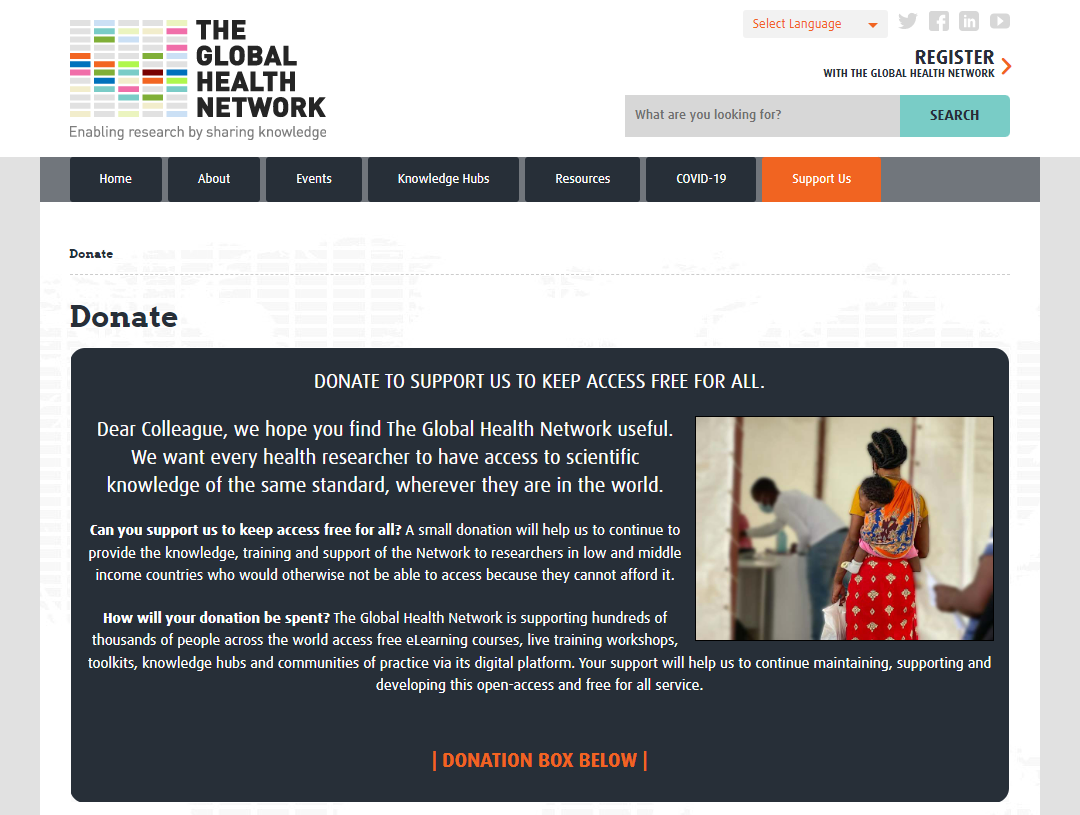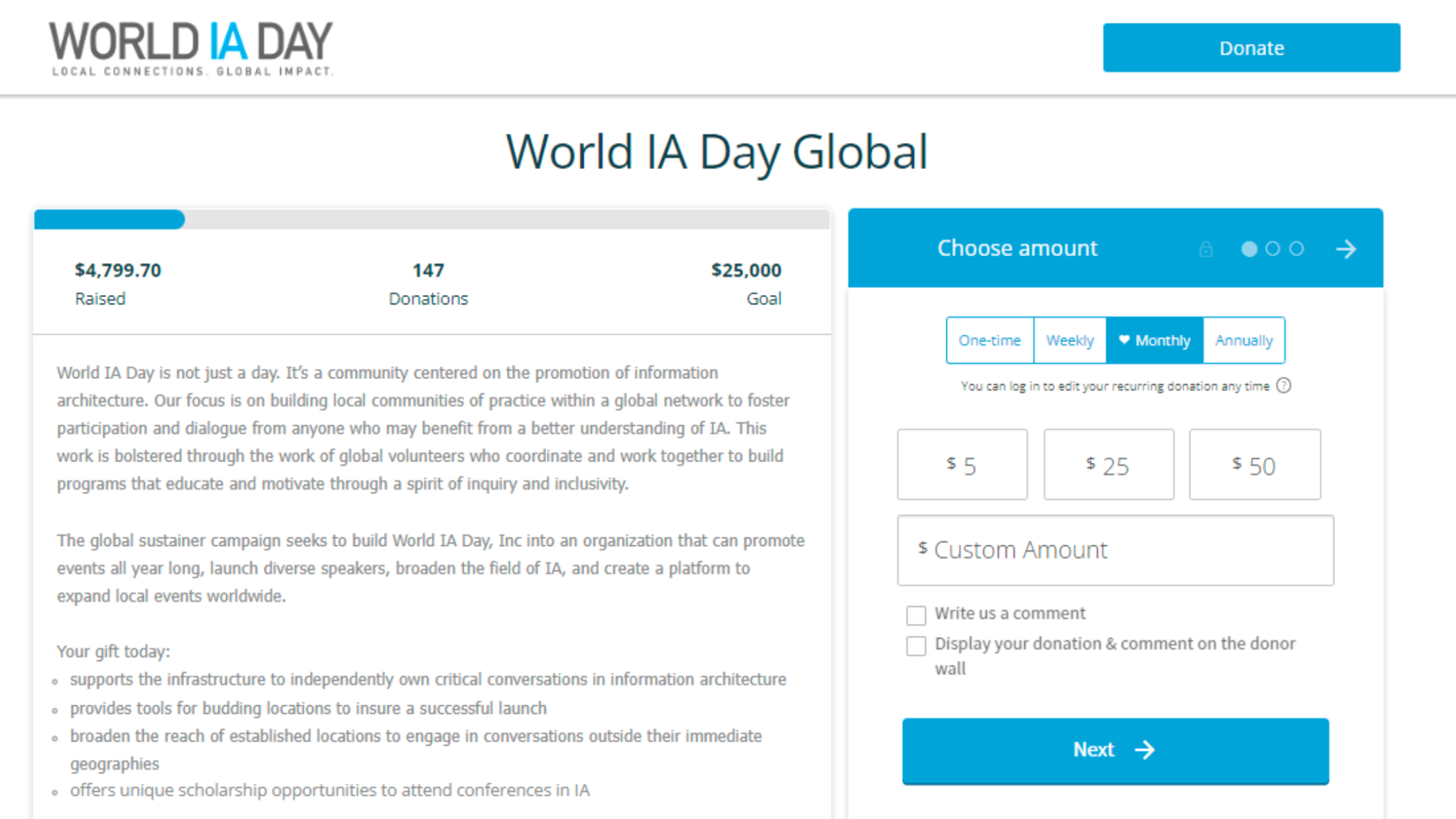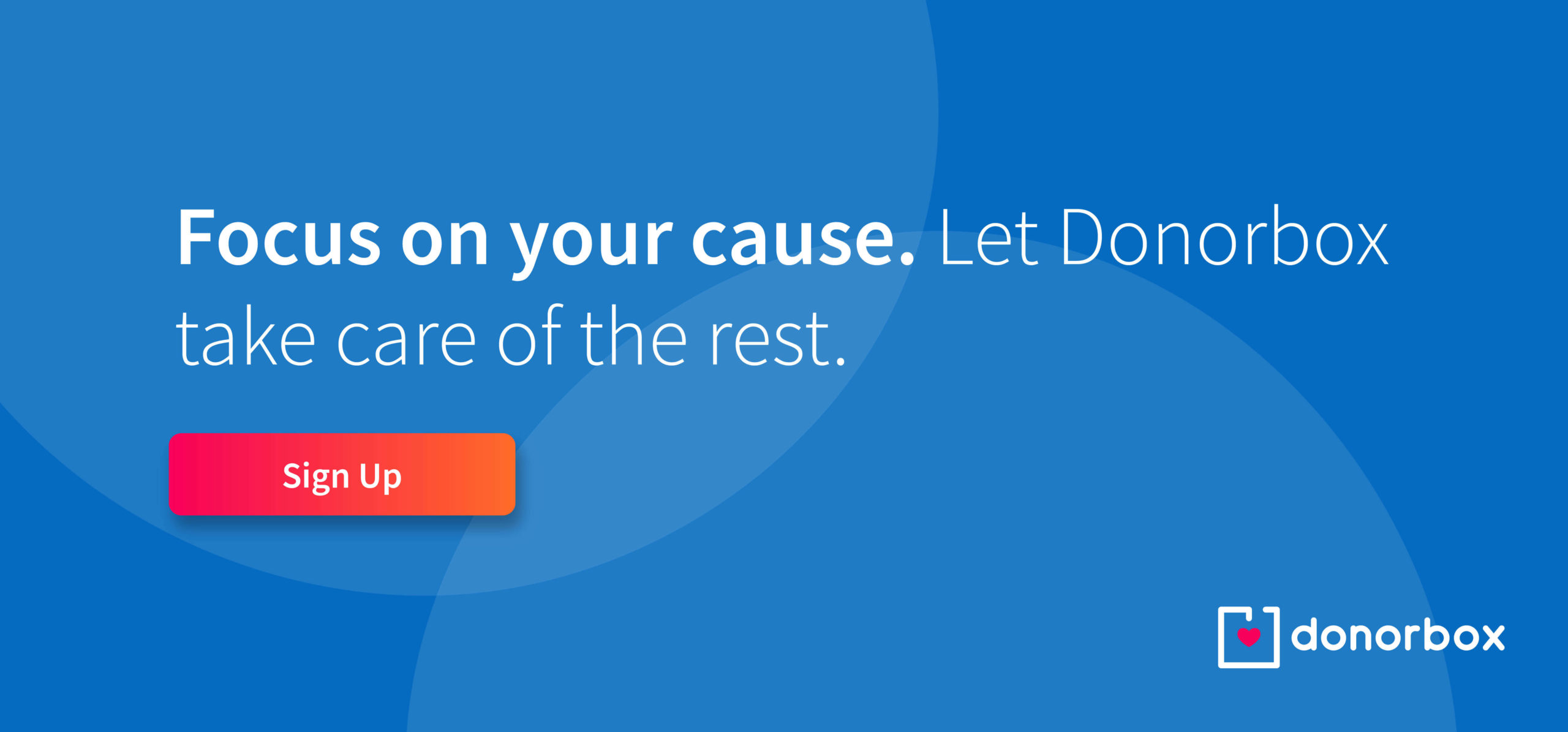Community of Practice isn’t a new idea. These communities are a perfect fit in a world that recommends personal growth and peer-to-peer communication. They are a growing practice in the nonprofit field because of the ways they can benefit organizations and the communities around them.
This article explains how Communities of Practice are different from other networking opportunities and gives a few examples of groups that have found success. As you read more about Communities of Practice, think of ways to work with your nonprofit competitors to better meet your mission and develop a healthy community.
- What is a Community of Practice?
- 4 Basic Types of Communities of Practice.
- The Main Characteristics and Activities of a Community of Practice
- 6 Reasons why Nonprofits Should Create or Support Communities of Practice
- 2 Great Examples of Communities of Practice
What is a Community of Practice?
A Community of Practice (CoP) is a group of people who share a concern or passion for something and connect to share ways to solve that problem. Anthropologists Etienne Wenger and Jean Lave developed the definition of Community of Practice in 1993 while studying apprenticeships. As they studied the apprentice relationships, they learned there was as much learning coming from various internal social relationships as from the master-student relationship.
Unlike Communities of Interest like those you can find online for popular trends and movie genres, CoPs regularly interact, build bridges, and increase other members’ understanding of the issues. They also help address any community conflicts or misunderstandings that may have stalled improvements in the past.
4 Basic Types of Communities of Practice
1. Helping communities
One of the most helpful CoPs is a group that supports your everyday work needs. Members of these CoPs learn more from networking with co-workers and professionals than they would any other way.
2. Best practices
CoPs focusing on best practices, guidelines, and strategies that have worked for others will also greatly benefit nonprofits. You don’t want to reinvent the wheel, and you don’t have to when members of your CoP can share these practices.
3. Knowledge stewarding
These are CoPs that organize, manage and steward a body of knowledge from which nonprofits can draw in more members and encourage a larger society of expertise.
4. Innovation
CoPs that focus on creating breakthrough ideas, new knowledge, and new practices are also an excellent addition to the nonprofit field.
The Main Characteristics and Activities of a Community of Practice

1. Characteristics
Communities of Practice must have each of the 3 following characteristics.
1.1 The domain
Members of a CoP must have a shared domain of interest. Members must have a level of competence and expertise in a subject, but that subject does not necessarily have to be accepted outside the community.
1.2 The community
By community, we mean all members must regularly engage in shared activities and discussions. This cannot just be a group of people with the same job or title who visit a website. Instead, members must participate in joint activities and discussions and share information. The purpose of these groups is to build relationships that benefit each other.
1.3 The practice
Finally, CoPs are not just people interested in the same thing. Members of a CoP must practice in the industry. These groups must develop resources from shared experiences, stories, and tools. Members must also understand that they’re part of a community of practice and work to fulfill the goals of sharing best practices and documents.
2. Activities
Community of Practice activities are not as restricted. Here are some activities that they can help your nonprofit with.
- Problem-solving – CoPs can help solve any issues with their experience and knowledge of working with other nonprofits.
- Supplying information and assets – Do you need to create a new policy document or a business plan, or a letter or proposal? CoPs can help with similar examples from other organizations.
- Sharing experience – As a nonprofit, you’d come across far too many situations that you aren’t prepared to deal with. For example, returning a significant donation or hosting a big fundraiser for the very first time. Let CoPs share their experiences with you and your team to help you get better.
- Hosting community forums – CoPs can help you join together with other nonprofits to carry out community-based activities you need support with.
- Helping build an argument – You may often need examples of success from other organizations when it comes to convincing your board of a new addition to your nonprofit. It may be a new employee you think you need or a new piece of software.
- Growing confidence – Practice makes perfect! Propose ideas to your CoP before sharing them with your board or financial partners.
- Discussing developments – Ask the members what they think about the newest technology and news stories. They can help you identify if you’re missing out on any new trends.
- Visits – CoP members may want to visit your location and learn how to establish similar aspects in their area.
- Mapping knowledge and identifying gaps – CoP members can help you identify any gaps in your operations and knowledge and other important aspects of your nonprofit.
6 Reasons Why Nonprofits Should Create or Support Communities of Practice

1. Don’t reinvent the wheel
Other organizations have done what you hope to do and achieve. Thanks to Communities of Practice, your nonprofit can gain expertise and tools that have proven successful.
2. A way to get different perspectives
Diversity is not just a trend. Nonprofits must find diverse ways to address problems and communicate with their supporters. CoPs give members access to this diversity.
3. Collaborate with other nonprofits
It’s easy to think of other nonprofits in your community as competitors, but Communities of Practice build solid relationships with competing nonprofits that can increase the success of new programs and grant applications.
Pro tip: Foundations look for nonprofits that combine to address a community issue. If you can connect with other organizations that address similar problems, your grant application will have a greater chance of being funded.
4. Build trust
Organizations that work together to address community issues will strengthen relationships with each other and community members. Trust and attraction come from success. As you form relationships with proven results, donors will gain more significant interest in your organization and a greater desire to support your efforts.
5. A direct link between learning and performance
An excellent way Communities of Practice prove success is by directly putting their teaching into action. When you work together to devise a solution, their real-life lessons and examples will assure the community that the solutions developed by this team can be trusted.
6. Knowledge will outlive the individuals
The final benefit of a Community of Practice is one you may not think of but is a vital purpose of these groups. No one will be here forever, and all nonprofits have difficulty with succession planning and passing down information. Communities of Practice that track and store shared knowledge will benefit not only current membership but future generations as well.
2 Great Examples of Communities of Practice
Community of Practice examples range from nonprofit networks that help organizations with fundraising and management issues to global networks developed to share information worldwide.
1. The Global Health Network

One of these global networks is the Global Health Network. This organization is managed by an Operational Leadership and Delivery team, Scientific Advisory board, and Strategic Partners Forum in Africa, Latin America, and Asia. These areas have limited health research resources and cooperation, so Global Health Network works to address the following aims.
- Embed health research where evidence is lacking.
- Provide support, training, and better research.
- Creates a movement of information that drives equity in who takes part and who benefits.
- Builds lasting capable research teams in low-resource settings.
- Supports other Communities of Practice via its digital platform.
2. World Information Architecture Day

The mission of World Information Architecture Day is to empower local communities and leaders who share a common goal of teaching, learning, and shaping the future of information architecture. The purpose of this organization is to:
- Build and connect a global IA community.
- Promote the role of IA in different fields.
- Provide resources for learning and professional development.
- Engage IA academics and professionals in research and development.
After its development in 2012, World Information Architecture Day meets one day every year for a global conference. This event is curated and organized by volunteers worldwide and helps develop and promote architectural information for smaller CoPs worldwide.
For the rest of the year, World Information Architecture Day builds local Communities of Practice within the global network and creates programs to educate and motivate professionals in the IA field. They also promote events, find and promote a diverse group of speakers, and broaden the IA field.
Final Thoughts
Communities of Practice are an excellent option for nonprofit organizations to share resources, connect with fellow organizations, and build trust in the community. As more nonprofits join together to address similar issues, CoP members and the community benefit from a diversification of ideas, more cooperation between competitors, greater trust in the community, and better succession plans.
Nonprofits that don’t have access to a CoP can learn from other nonprofit experts with Donorbox’s Knowledge Community. This community-oriented space is a place to ask questions, find resources, meet fellow professionals, and learn about fundraising trends.
To build and sustain a CoP and enable them to grow and help you grow, your organization will need additional funds. Like the 2 examples mentioned above, Donorbox has helped thousands of organizations raise money for their various needs. Our features are simple to use, they’re free to get started, and there are no monthly contracts. You can sign up right away and get started in about 15 minutes!
Some of Donorbox’s most popular features include Recurring Donations, customization Fundraising Pages, Crowdfunding, Peer-to-Peer, Events, Text-to-Give, Memberships, QuickDonate, Donor Management, etc. Check out Donorbox Premium – get access to fundraising coaches and their years of industry experience and find your way to success with the help of an account ambassador, a team of tech wizards, and high-powered tools. Pricing is personalized for every nonprofit. Book a demo today!
Donorbox Nonprofit Blog comprises a vast collection of insightful blogs, how-to guides, downloadable resources, free checklists, and more. Subscribe to our monthly newsletter to receive a list of our best resources in your inbox.








